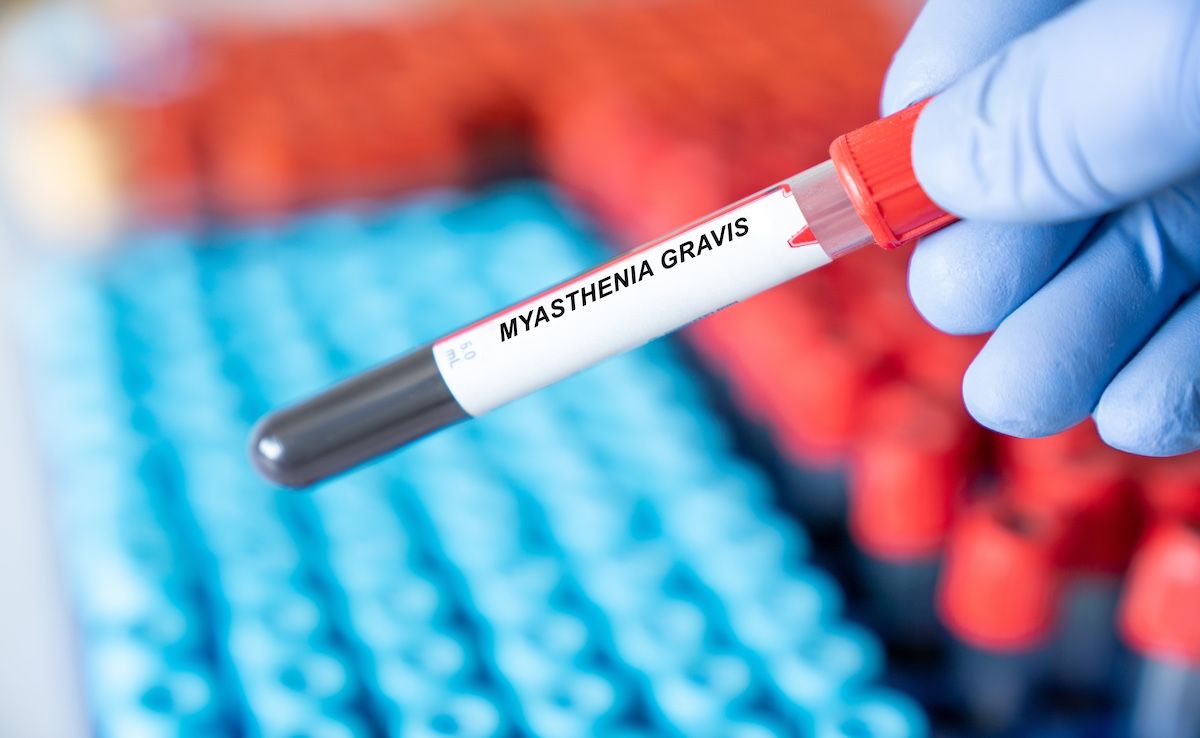Article
5 Things About Wearable Technology in Healthcare
Author(s):
There has been a proliferation of wearables from consumer gadgets, like the Fitbit, to medical devices that are approved by the FDA. Here are 5 things about wearable technology being used in healthcare.
As technology advances, healthcare has ever more access to data to understand patient behaviors and improve care. In particular, there has been a proliferation of wearables from consumer gadgets, like the Fitbit, to medical devices that are FDA approved.
Here are 5 things about wearable technology being rapidly adopted in healthcare:
1. There is significant data from wearables
In cardiology, there are wearable devices that can provide information on heart rhythm and the patient’s behaviors, as well as information like blood pressure, breathing patterns, and blood glucose levels. These devices carry incredible amounts of data, and Jagmeet P. Singh, MD, PhD, FACC, deputy editor of JACC: Clinical Electrophysiology, hopes that in 2018 the data can start finding their way into electronic health records.
However, he explained that these devices are still in their early stages. They are being used, “but are not necessarily FDA approved, because there is some question about the reproducibility of the measures from these devices.”
2. There is a wide array of types of wearable technology
The typical idea of a wearable device is a fitness tracker or some other smart electronic device that can be worn on the body. However, there is a wide range of types of these devices, including implantable devices and the first FDA-approved pill that can track a patient’s adherence. The Abilify MyCite has an ingestible sensor embedded in the pill that transmits a message to a wearable patch. The patch then transmits information to a mobile application.
FDA approved the pill, which is an antipsychotic used to treat schizophrenia and bipolar disorder, on November 13, 2017. It represents a potential game changer in the treatment of mental health disorders and other diseases where medication adherence has been a challenge.
In an article for AJMC.com, Rick Burnett, PharmD, FACHE, the chief operating officer of CompleteRx, explained a smart patch that can potentially administer drugs after diagnosing a health problem is in development.
3. Wearable data may be the future of healthcare
At the World Economic Forum Annual Meeting in Davos, Switzerland, experts in healthcare and technology discussed technological advances, such as wearable devices, which will have a role in patient-centered preventive care as they are increasingly used to clinically monitor heart rate, blood pressure, and other vitals.
The promise of the data these wearable devices can pick up and transmit to providers could help transform healthcare from delivering reactionary care to preventive care.
4. Data from wearables can be used in clinical trials
Digital technology is allowing investigators to reimagine clinical trials, in general. Wearables can be one source where trials can collect information, such as amount of sleep, heart rate, and physical activity. Wearables allow the data to be collected passively and can produce a more representative picture of what do with an experimental drug or device as they go about their everyday lives.
5. Overall outcomes of wearables’ data remain unclear
However, as Singh noted, this technology is still in the early stages. There is not enough proof that wearables actually improve patient outcomes, according to a study by Cedars-Sinai investigators published in npj Digital Medicine.
But while there isn’t enough evidence, yet, to show that wearables and the data they collect can actually impact outcomes in a meaningful way, that doesn’t mean they can’t, explained the senior author.





